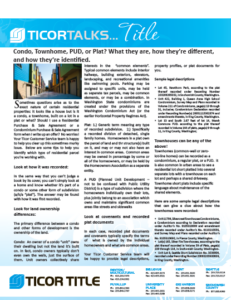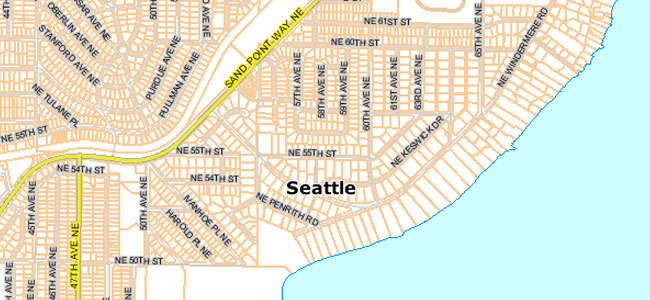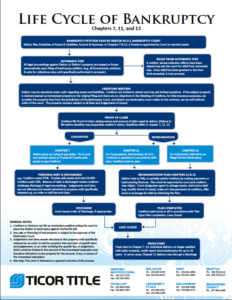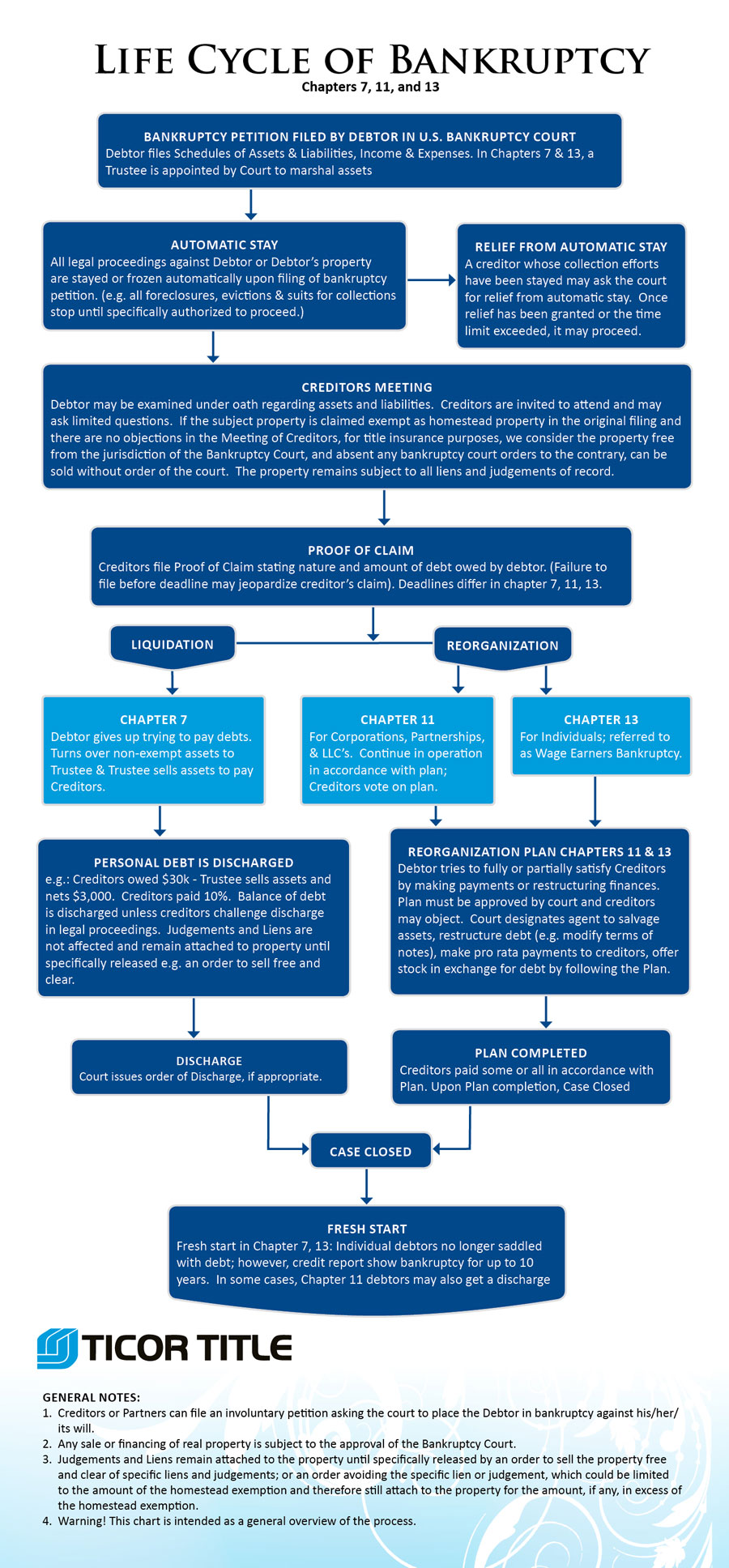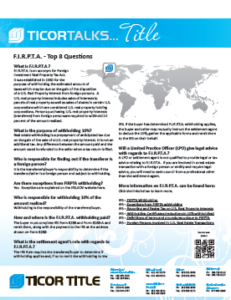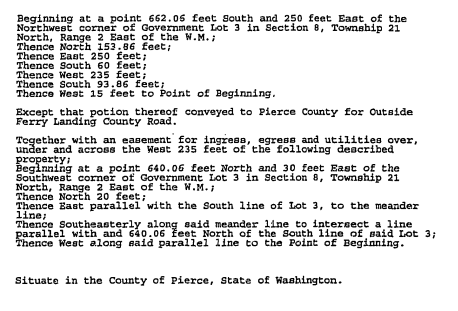Sometimes questions arise as to the exact nature of certain residential properties: It looks like a house but is it a condo, a townhome, built on a lot in a plat or what? Should I use a Residential Purchase & Sale Agreement or a Condominium Purchase & Sale Agreement form when I write up an offer? No worries! Your Ticor Customer Service team is happy to help you clear up this sometimes murky issue. Below are some tips to help you identify which type of residential parcel you’re working with.
Look at how it was recorded:
In the same way that you can’t judge a book by its cover, you can’t simply look at a home and know whether it’s part of a condo or some other form of subdivision (a/k/a “plat”). The answer may be found with how it was first recorded.
Look for land ownership differences:
The primary difference between a condo and other forms of development is the ownership of the land.
Condo: An owner of a condo “unit” owns their dwelling but not the land it’s built on. In fact, condo owners typically don’t even own the walls, just the surface of them. Unit owners collectively share interests in the “common elements”. Typical common elements include interior hallways, building exteriors, elevators, landscaping, and recreational amenities like swimming pools. Parking may be assigned to specific units, may be held as separate tax parcels, may be common elements, or may be a combination. In Washington State condominiums are created under the provisions of the Washington Condominium Act (or the earlier Horizontal Property Regimes Act).
Plat: 1.) Generic term meaning any type of recorded subdivision. 2.) Specifically a recorded division of detached, single family homes. Homeowners in a plat own the parcel of land and the structure(s) built on it, and may or may not also have an interest in common areas. Common areas may be owned in percentage by some or all of the homeowners, or may be held by the Homeowners Association as a separate entity.
A PUD (Planned Unit Development – not to be confused with Public Utility District) is a type of subdivision where the homeowners individually own their lots, plus jointly belong to an association which owns and maintains significant common areas like streets and sidewalks.
Look at covenants and recorded plat documents
In each case, recorded plat documents and covenants typically specify the terms of what is owned by the individual homeowners and what are common areas.
Your Ticor Customer Service team will be happy to provide legal descriptions, property profiles, or plat documents for you.
Sample legal descriptions
- Lot 45, Hawthorn Park, according to the plat thereof recorded under Recording Number 200208285002, in Snohomish County, Washington.
- Unit 422, Building 1, Queen Anne High School Condominium, Survey Map and Plans recorded in Volume 211 of Condominiums, page(s) 13 through 31, inclusive; Condominium Declaration recorded under Recording Number(s) 20051115002874 and amendments thereto, in King County, Washington.
- Lot 13 and South 2.67 feet of lot 14, Marsh Commons PUD. according to the plat thereof recorded in Volume 144 of plats, page(s) 9 through 11, in King County, Washington;
Townhouses can be any of the above!
Townhomes (common-wall or zero-lot-line homes) can be recorded as a condominium, a regular plat, or a PUD. It is also common in urban areas to see a residential lot short platted into several separate lots with a townhouse on each lot and perhaps a shared driveway. Townhome short plats include specific language about maintenance of the shared elements.
Here are some sample legal descriptions that can give a clue about how the townhomes were recorded:
- Unit 11704, Silvercrest Townhouses Condominiums, a Condominium according to Declaration recorded under Auditor’s No. 9105310689 and amendment thereto recorded under Auditor’s No. 9110210556, and Survey Map and Plans recorded under Auditor’s No. 9105310690, in Pierce County, Washington.
- Lot(s) 165, Silver Firs Townhouses, according to the plat thereof recorded in Volume 59 of Plats, page(s) 109 through 114, in Snohomish County, Washington.
- Unit Lot B, Seattle Short Subdivision No. 3006904, recorded under Recording Number 20080205900009, in King County, Washington.
Quiz:
See if you can spot which of these photos is in a Condo, Plat, or PUD? (Three question quiz inserted below shows a picture and a multiple choice answer)
Enter your name and hit the ‘start’ button to take the 3-question quiz!

